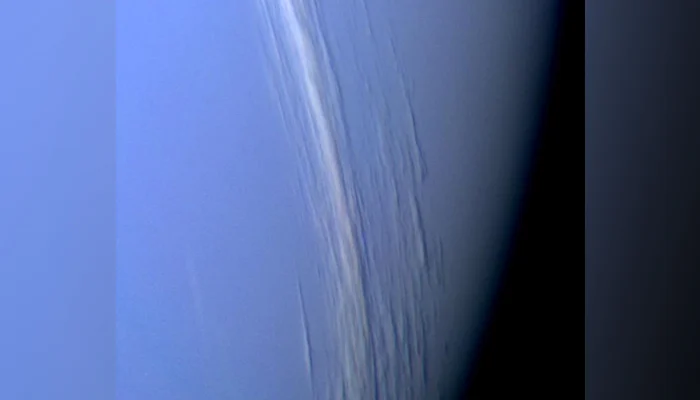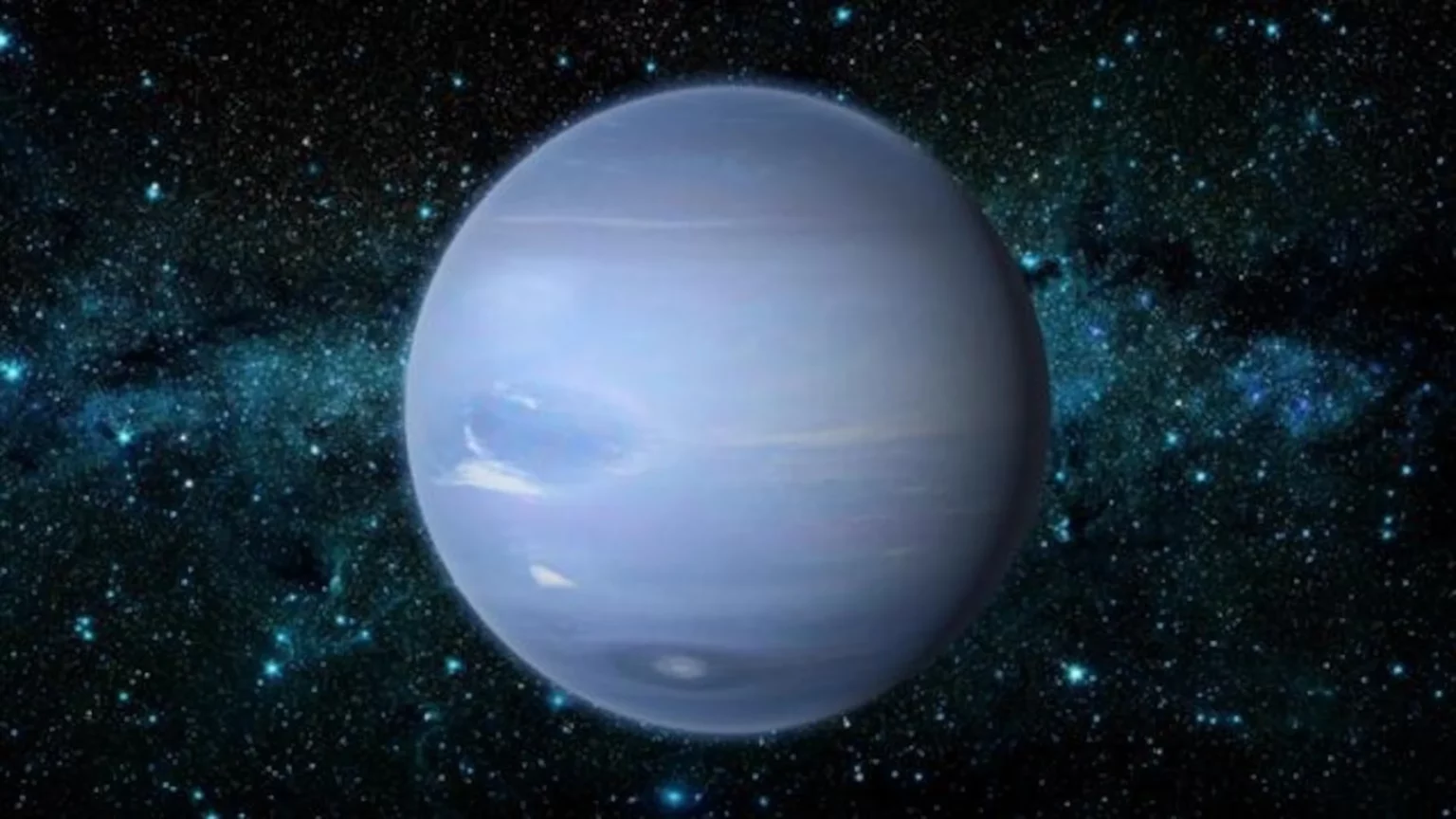In a recent groundbreaking study, astronomers have unveiled a perplexing phenomenon involving the vanishing of once-abundant clouds on Neptune, the icy blue giant of our solar system. These clouds, which have been disappearing since 2019, were found to be connected to the solar cycle, shedding new light on the dynamic interactions within our celestial neighborhood.
Analyzing a series of images captured from 1994 to 2022, researchers meticulously traced the evolution of Neptune’s cloud cover. The study, detailed in the journal Icarus and conducted at the Keck Observatory in Hawaii, presented a puzzling revelation: the clouds’ disappearance coincided with the solar cycle, defying expectations given Neptune’s distant position as the farthest major planet from the Sun.

Imke de Pater, a co-author of the study from UC Berkeley, expressed her astonishment at the rapidity of the cloud disappearance, stating, “I was surprised by how quickly clouds disappeared on Neptune. We essentially saw cloud activity drop within a few months.”
The study’s findings indicate that an increase in intense ultraviolet (UV) light emission from the Sun is correlated with cloud activity on Neptune, a connection that materializes approximately two years later. Another fascinating correlation emerged between the number of clouds on Neptune and the planet’s brightness, which is influenced by sunlight reflection.
Dr. de Pater explained, “Our findings support the theory that the sun’s UV rays, when strong enough, may be triggering a photochemical reaction that produces Neptune’s clouds.”
To reinforce their conclusions, the researchers examined 2.5 cycles of cloud activity spanning nearly three decades. They discovered that Neptune’s reflectivity increased in 2002, dimmed in 2007, brightened again in 2015, and reached its lowest recorded brightness level in 2020 when a substantial portion of the clouds vanished.
However, the scientists highlighted the complexity of the correlation and the involvement of potential influencing factors. While intensified UV sunlight might induce cloud formation and haze, it could also contribute to cloud darkening, leading to an overall reduction in Neptune’s brightness.
To understand the ongoing dynamics of Neptune’s cloud cover, continuous observations are imperative. Dr. de Pater emphasized this point, mentioning that recent images show an increase in cloud presence, particularly at northern latitudes and high altitudes, aligning with the observed rise in solar UV flux over the past couple of years.
The study sheds new light on the intricate relationships between our solar system’s celestial bodies and highlights the ongoing mysteries awaiting discovery in the cosmos.




